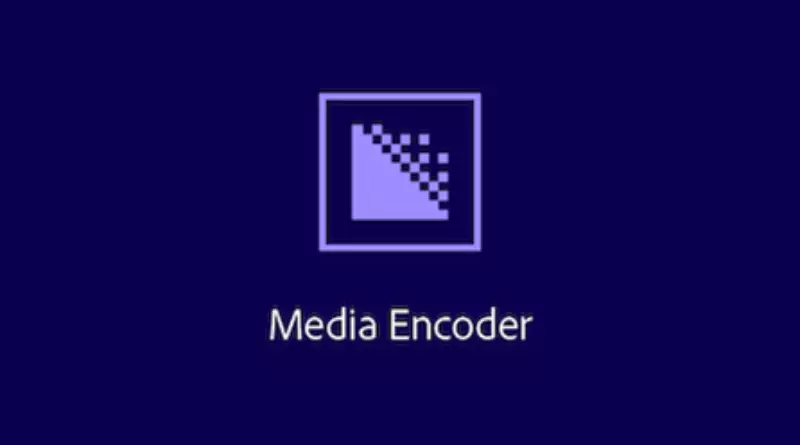What Is a Fully Qualified Domain Name (FQDN)? Easy Explanation Inside!

Who’s in Charge of the Internet? Domain Names Are! Domain names are like the addresses of the internet, making it simple to find websites. But have you ever wondered about something called a fully qualified domain name (FQDN)? In this article, we’ll explain what FQDNs are, how they operate, and some practical ways we use them. We’ll also guide you on how to make one for your own website. Let’s begin!
What Is a Fully Qualified Domain Name (FQDN)?
A Fully Qualified Domain Name (FQDN) is like an internet address made up of three parts: the specific computer or device (hostname), the unique network name (domain name), and the highest-level category assigned by ICANN (top-level domain).
Think of it this way: when you enter “www.google.com” in your web browser, “www” is like the computer’s name, “google” is your network’s special name, and “.com” tells you it’s in a certain group.
Different types of computers might call FQDNs by other names, like network names or full computer names.
Why Should I Use an FQDN?
Fully Qualified Domain Names (FQDNs) are important for several reasons:
1.Unique Internet Address:
FQDNs give your website a one-of-a-kind address on the internet. Without one, your website won’t be reachable by others.
2.Security with SSL:
FQDNs are necessary for setting up SSL certificates, which are vital for your website’s security. SSL keeps sensitive data safe during online transactions and interactions.
3.Discoverable Computers:
FQDNs help you find and connect to a computer on the internet, especially when you need to access it from a remote location. This is common in offices for monitoring computer activities.
4.Accessing Online Services:
FQDNs make it easier to use domain services like FTP (File Transfer Protocol) and email. For example, when you want to connect your domain’s email to apps like Gmail or Apple Mail on your phone, you’ll need to know the FQDN for the mail server, usually something like “mail.yourdomainname.com.”
Here are some examples of Fully Qualified Domain Names (FQDNs):
1.Website Address: www.a2hosting.com
2.Email Server Address: mail.a2hosting.com
3.File Transfer Address: ftp.a2hosting.com
These FQDNs are like the specific internet addresses that help you access websites, send emails, and transfer files online. Each one serves a unique purpose in making the internet work smoothly.
How to Find Your FQDN?
To find your Fully Qualified Domain Name (FQDN) for Windows operating systems, you need to understand that an FQDN consists of three parts:
1.Hostname:
This is like the name of your specific computer or device on your network. It’s what distinguishes one device from another on the same network.
2.Domain Name:
This part is unique to your company’s network. It’s like your network’s special name on the internet. For example, if your company is called “ABC Inc.,” your domain name could be something like “abc.com.”
3.Top-Level Domain (TLD):
This part classifies domains on the internet. It tells you what the domain is used for. For instance, “.com” is often used for commercial purposes.
To find your FQDN, you usually need to check your computer’s settings or ask your IT support team for help if you’re unsure about any of these components. They can guide you through the process of identifying your FQDN.
Remember, your FQDN is unique to your computer on your company’s network, and it helps computers on the internet locate and communicate with your device.





